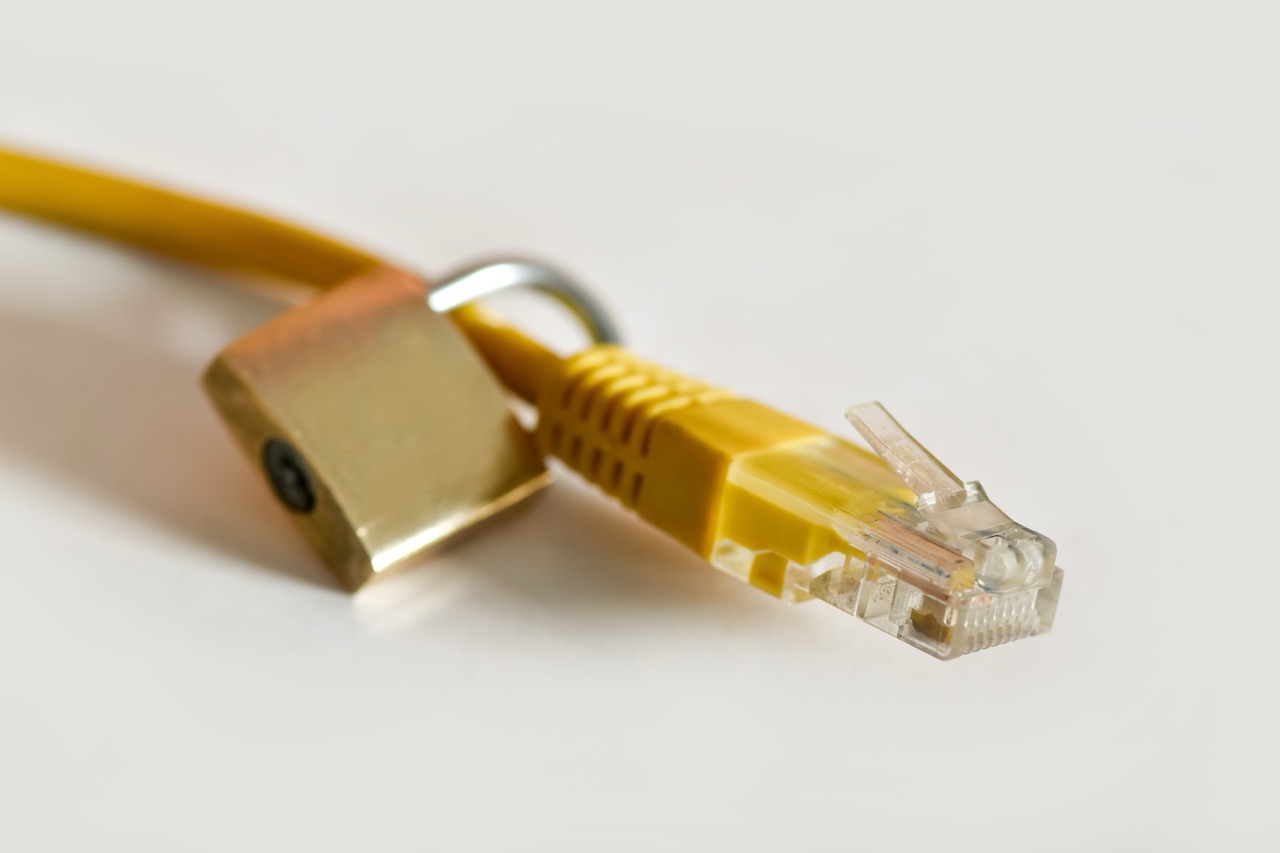In today’s digital landscape, online privacy and security are paramount. As more devices connect to the internet, a robust VPN solution can protect your entire network, not just individual devices. Surfshark, a leading VPN service, offers an effective means of ensuring privacy, security, and access to geo-restricted content. Setting up Surfshark on a router can provide seamless protection for all your devices without needing to install software on each one. This article will guide you through understanding the benefits, preparing your router, configuring the VPN, and troubleshooting common issues.
Understanding the Benefits of Router-Level VPN Protection
Router-level VPN protection offers a significant advantage in terms of convenience and comprehensive coverage. By installing a VPN directly on your router, every device that connects to your network can leverage the VPN’s encryption and privacy features. This means smartphones, tablets, smart TVs, and gaming consoles benefit from enhanced security without individual installations. As a result, you gain a streamlined setup and more consistent protection across all connected devices.
Another benefit of router-level VPN installation is the ability to bypass geo-restrictions for your entire network. Many streaming services and websites limit access based on geographic location. When you configure Surfshark on your router, all devices can access content as if they were in the same location as your VPN server. This is particularly advantageous for households with multiple users and devices, ensuring that everyone can enjoy unrestricted internet access without needing multiple subscriptions or configurations.
Finally, router-level VPNs can facilitate better management of bandwidth and network performance. With a single VPN connection managing traffic, users can experience less latency compared to individual connections. Additionally, some routers allow advanced settings that can prioritize VPN traffic, offering a better experience when streaming, gaming, or engaging in other bandwidth-intensive activities.
Preparing Your Router for Surfshark VPN Installation
Before installing Surfshark on your router, it’s essential to verify compatibility. Not all routers support VPN functionality, so checking the manufacturer’s documentation is crucial. Most commonly used routers that support VPNs include those running DD-WRT, Tomato, and Asus firmware. If your router does not support VPN functions, you may need to consider purchasing a compatible model or installing third-party firmware if applicable.
Next, ensure your router’s firmware is up to date. Outdated firmware can lead to vulnerabilities and compatibility issues with the VPN. Access your router’s configuration page by entering its IP address into a web browser, usually something like 192.168.1.1 or 192.168.0.1. Navigate to the firmware update section, download any available updates, and follow the instructions to complete the process. Updating your router’s firmware can enhance performance and security, making the installation smoother.
Lastly, gather your Surfshark account information and configuration details. You will need your Surfshark username, password, and the configuration files specific to your router type. Surfshark provides these files in the members’ area of their website. Make sure you have them ready before proceeding with the installation, as this will streamline the setup process and minimize any disruptions.
Step-by-Step Guide to Configuring Surfshark on Your Router
To begin the configuration process, log in to your router’s admin interface. This is typically done by entering the router’s IP address in a web browser. Once logged in, navigate to the section dedicated to VPN settings. Depending on your router’s firmware, this may be labeled differently (e.g., "VPN Client" or "OpenVPN").
Next, select the option to add a new VPN connection. You’ll either upload the configuration files you downloaded from Surfshark or input the settings manually. This includes specifying the server address, port number, and protocol (OpenVPN is recommended). Enter your Surfshark account credentials, ensuring they match the information provided in your account. After configuring the settings, save the changes and connect to the VPN. The router should indicate that the VPN is active.
Once the connection is established, it’s essential to test the setup. Use a device connected to your network to visit a website that displays your IP address. This will help confirm that your traffic is being routed through the Surfshark VPN server. Additionally, checking for any DNS leaks can ensure that your real IP address is not exposed while using the service. If everything checks out, you have successfully set up Surfshark on your router.
Troubleshooting Common Issues After Surfshark Setup
After configuring Surfshark on your router, you might encounter various issues. A common problem is the inability to connect to the VPN. This could be due to incorrect login credentials or configuration settings. Double-check that you’ve entered the right Surfshark username, password, and server information. Additionally, verify that your router firmware supports the required VPN protocols and that all settings align with Surfshark’s guidelines.
If you experience slow internet speeds, consider changing the VPN server you are connected to. Server congestion can lead to reduced performance. Surfshark offers multiple server locations, so switching to a less crowded server can enhance your connection speed. Additionally, some routers may experience performance dips when handling VPN traffic, so ensuring your router is capable of managing the increased load is essential.
Another issue that may arise is device connectivity problems. If certain devices cannot connect to the internet while the VPN is active, check your router’s settings. Ensure that your router’s DHCP settings are configured correctly and that there are no IP conflicts on your network. For persistent issues, consider restarting your router and connected devices or resetting the router settings to troubleshoot any misconfigurations.
Configuring Surfshark on your router can significantly enhance your online privacy and security while simplifying the process of managing multiple devices. By understanding the benefits, preparing your router appropriately, following a clear setup guide, and knowing common troubleshooting steps, you can create a secure browsing environment for your household. With the rise of cyber threats and the increasing importance of digital privacy, taking these steps can safeguard your online experience, ensuring that you can browse, stream, and communicate freely and securely.










